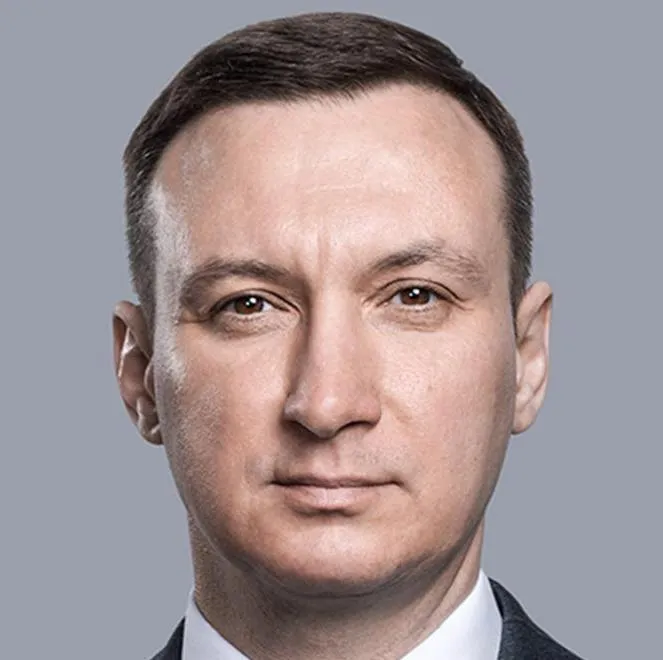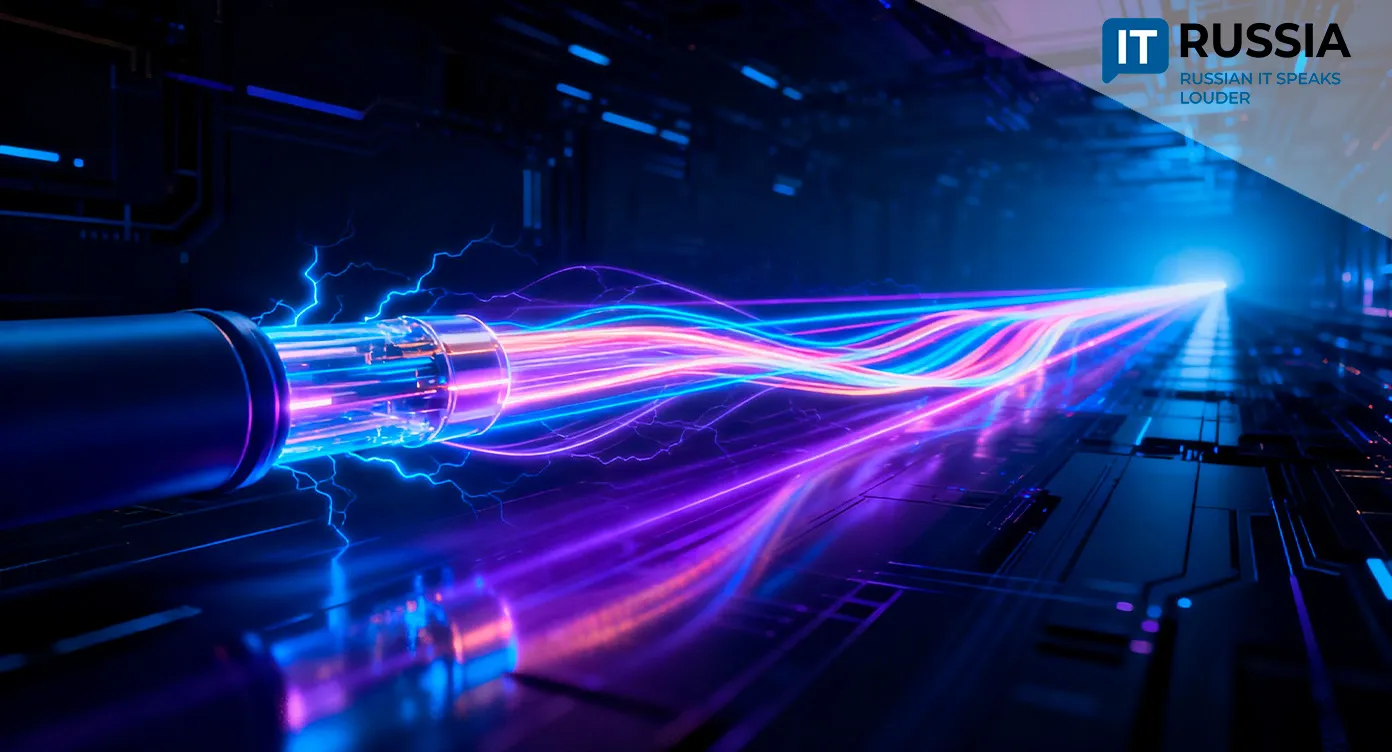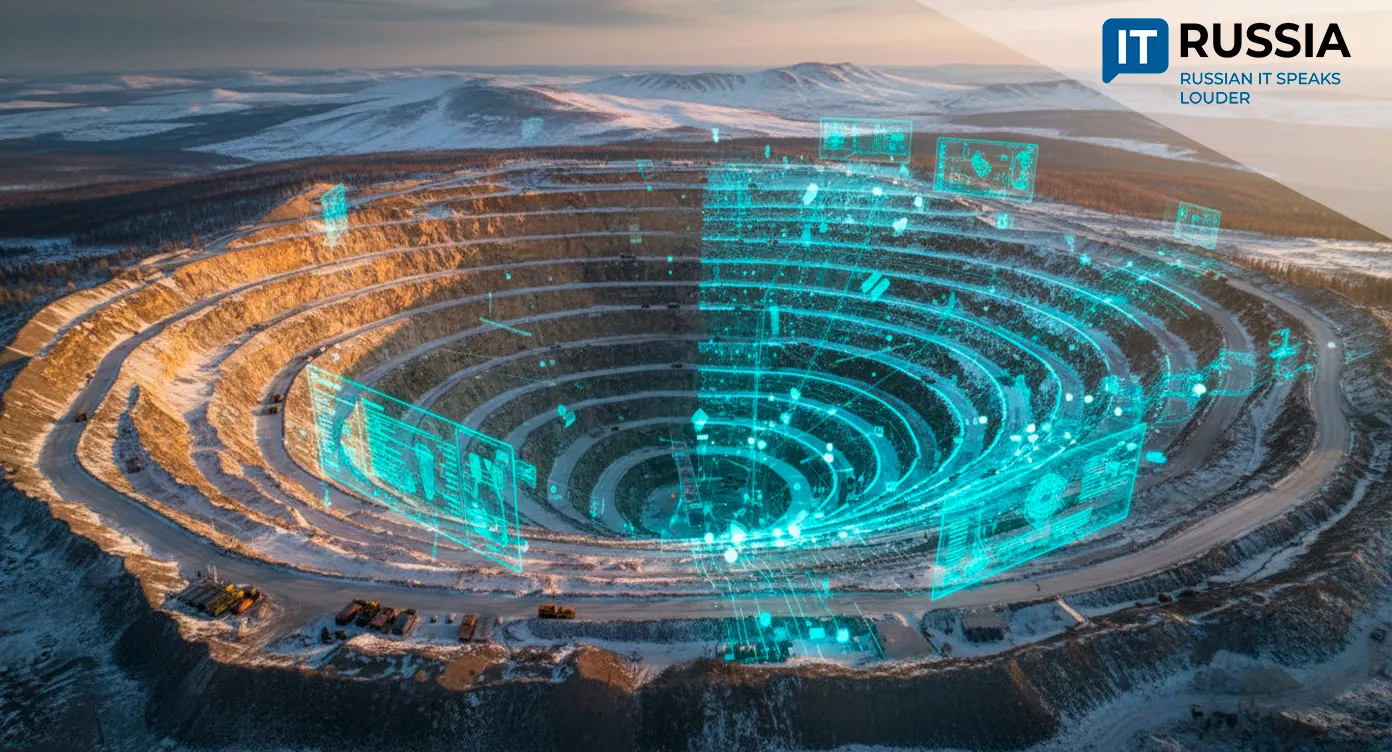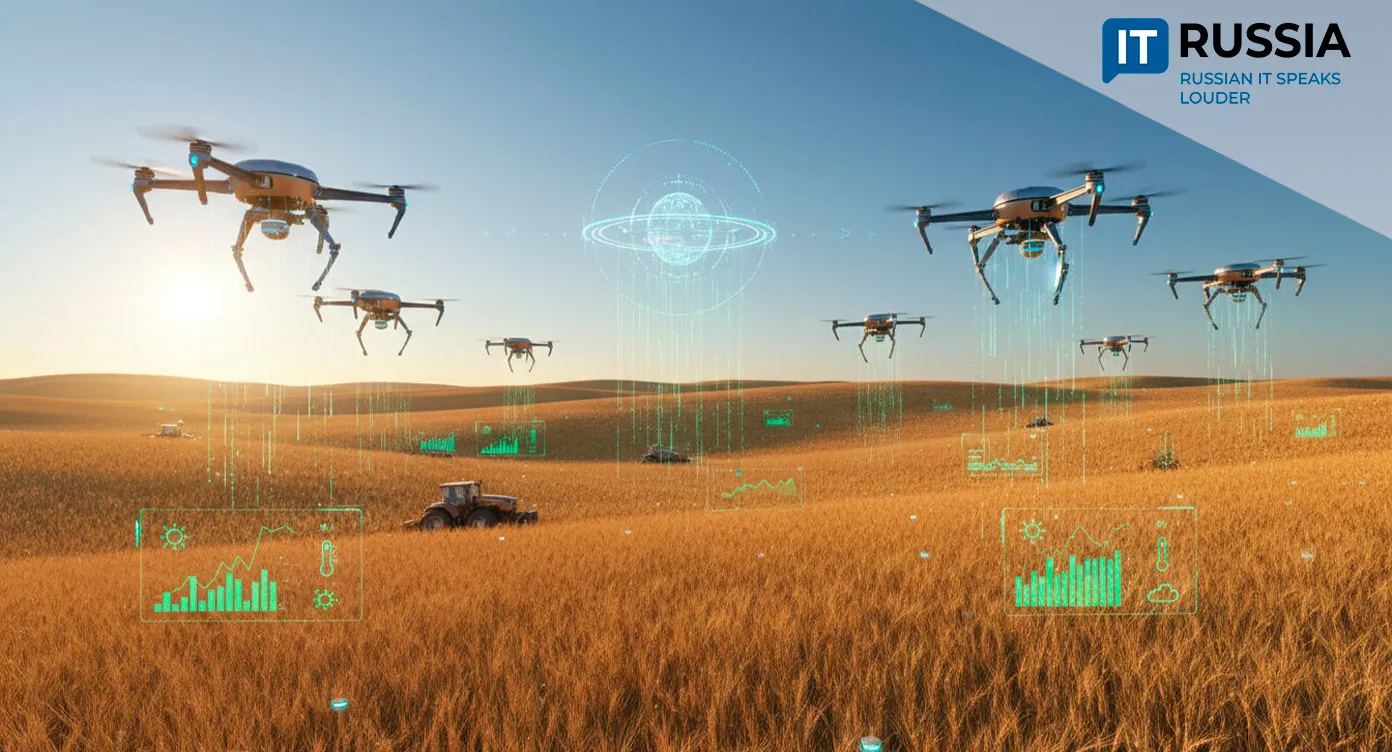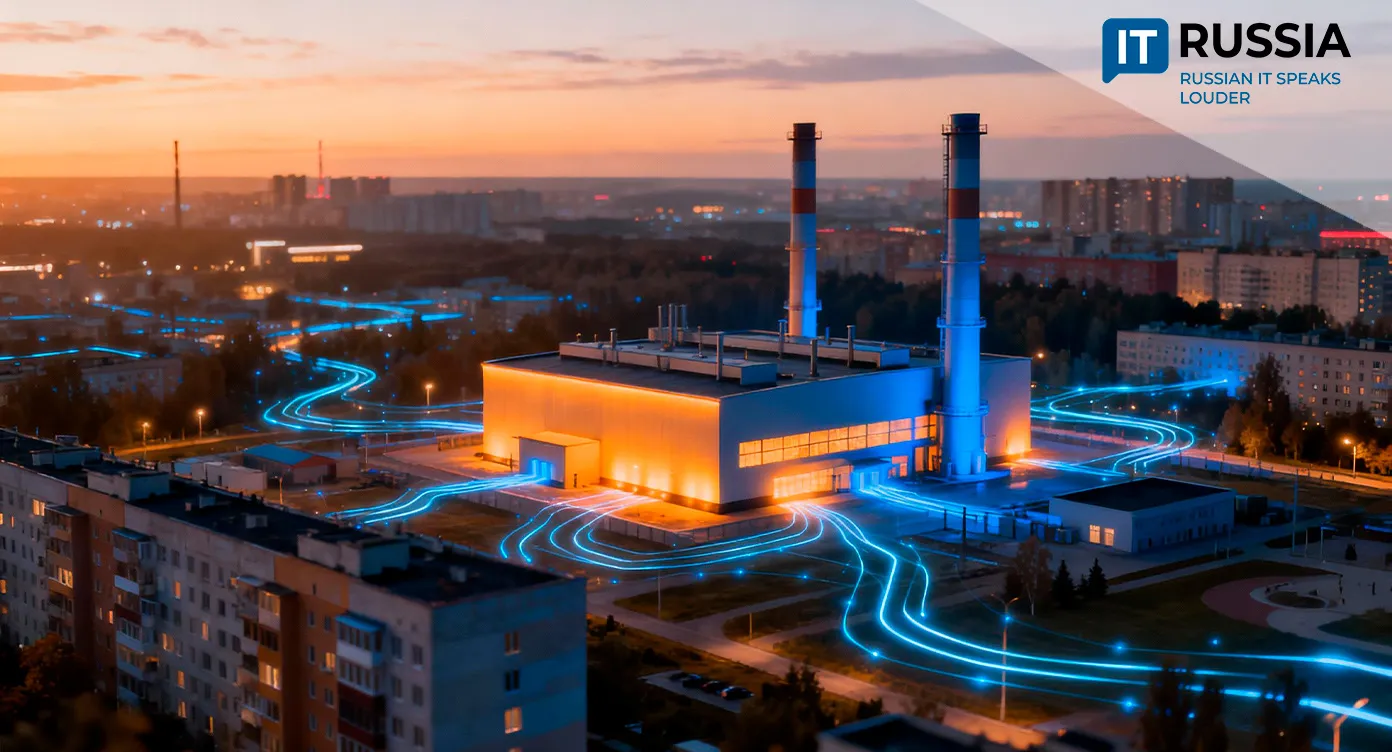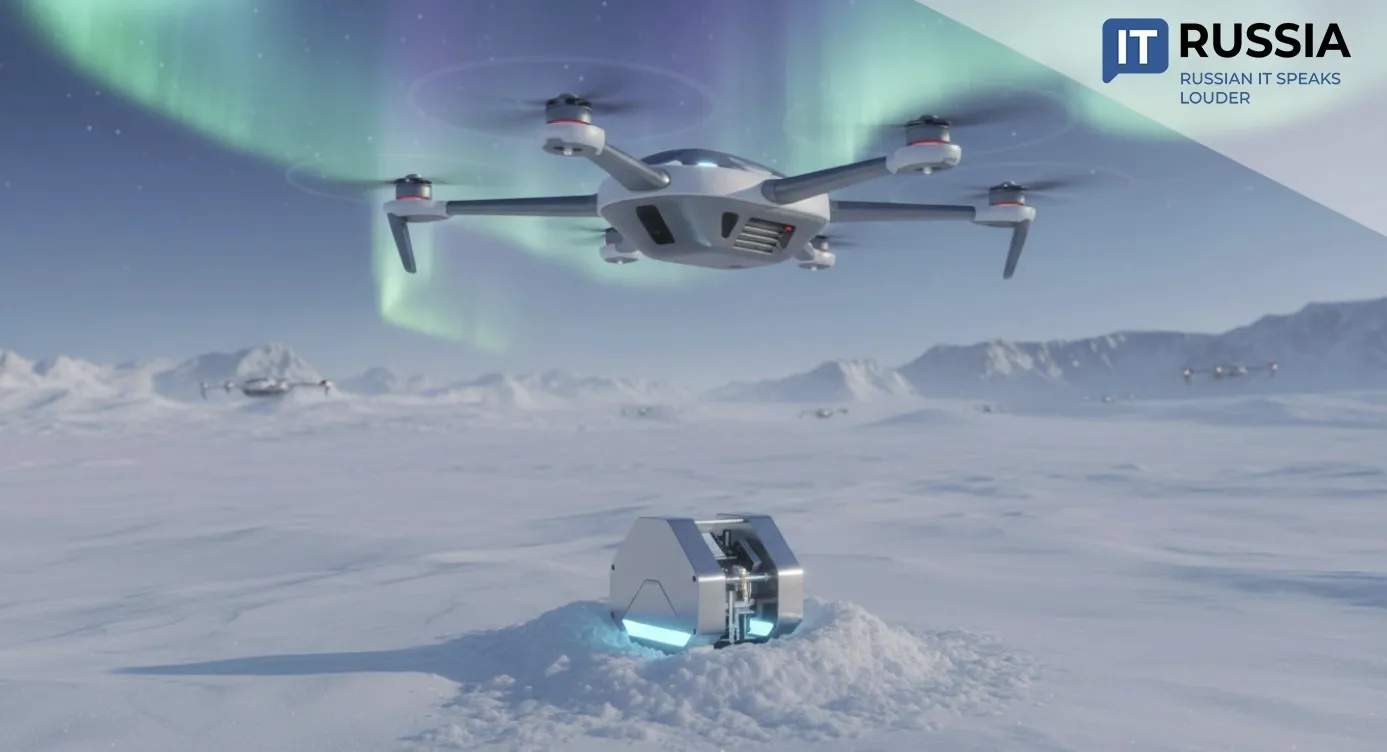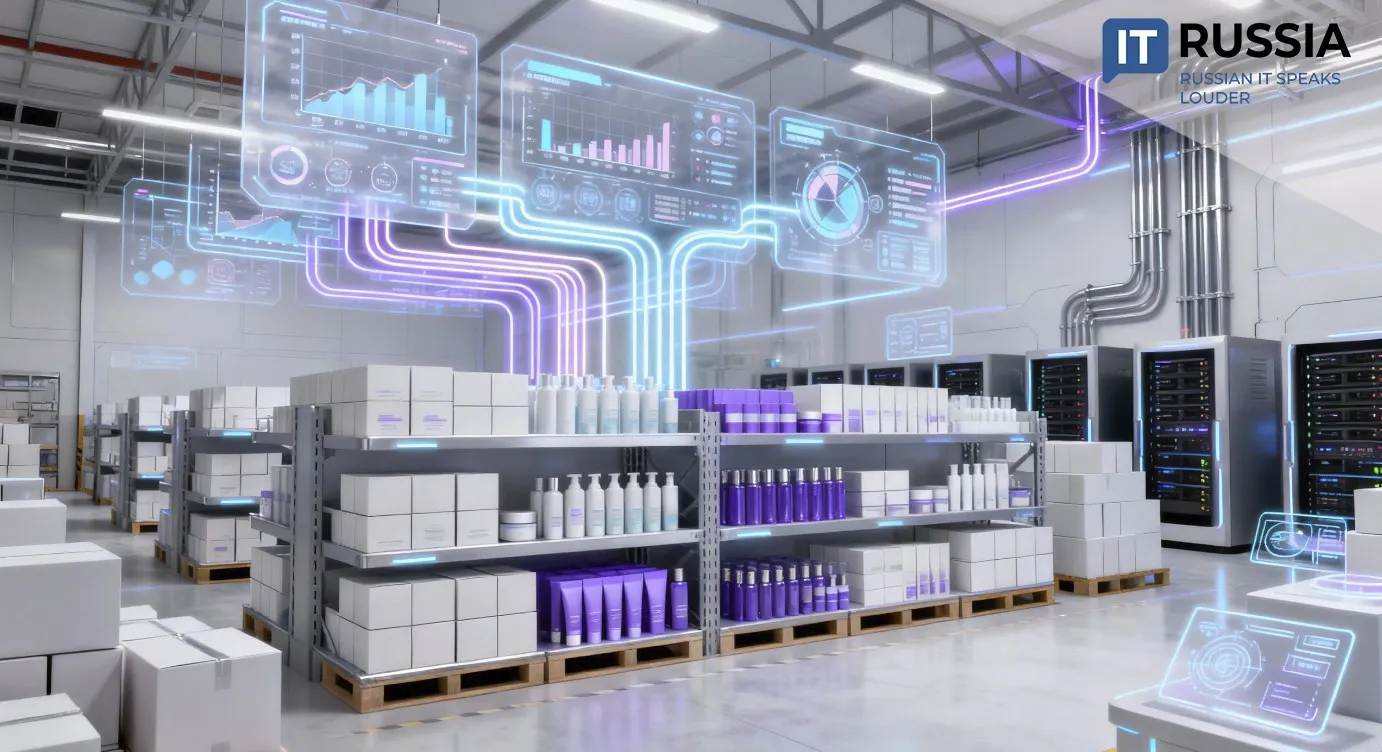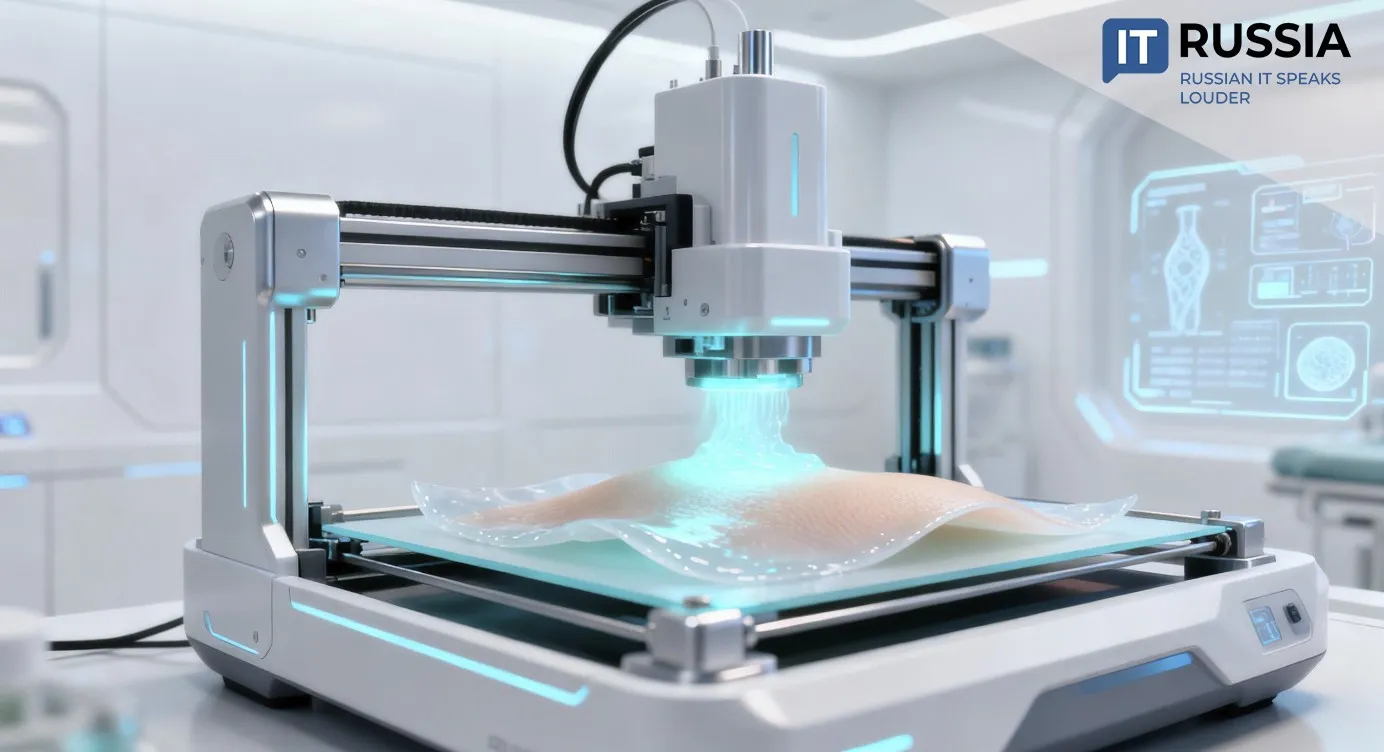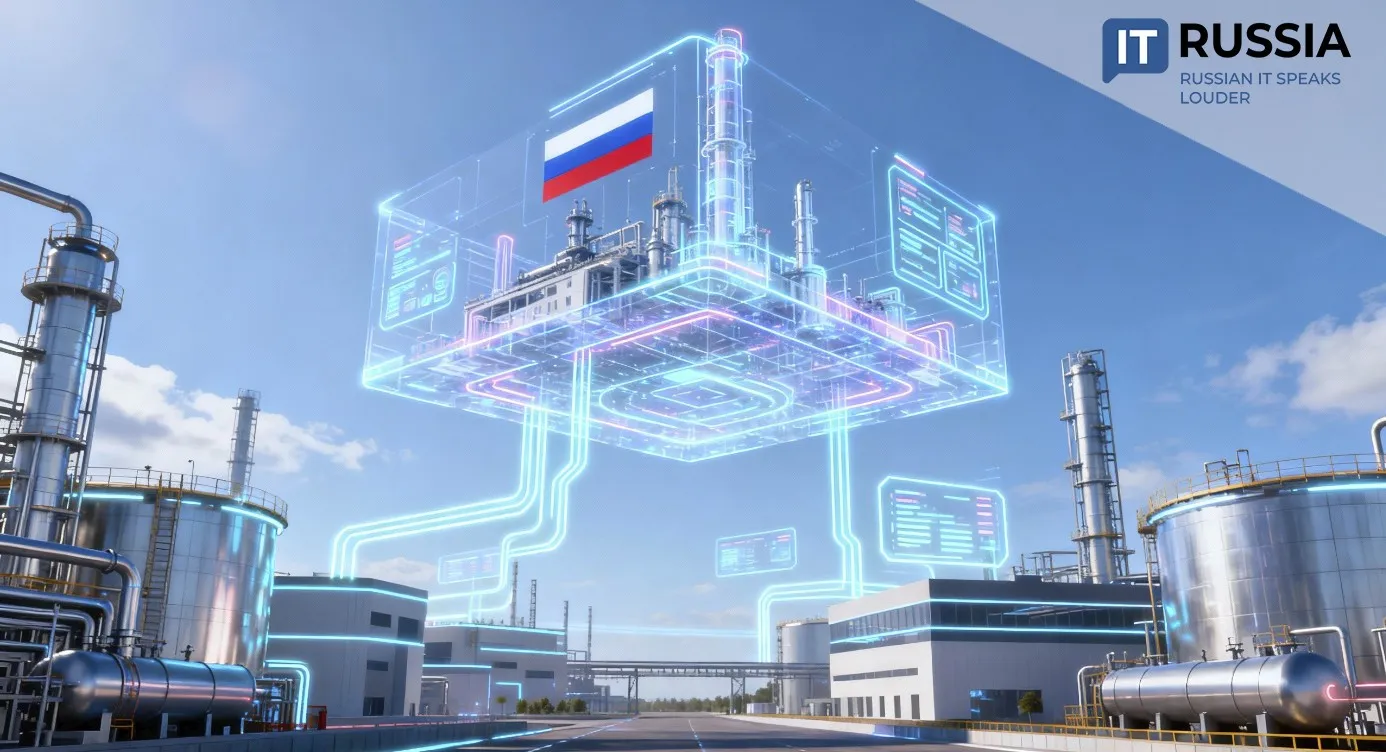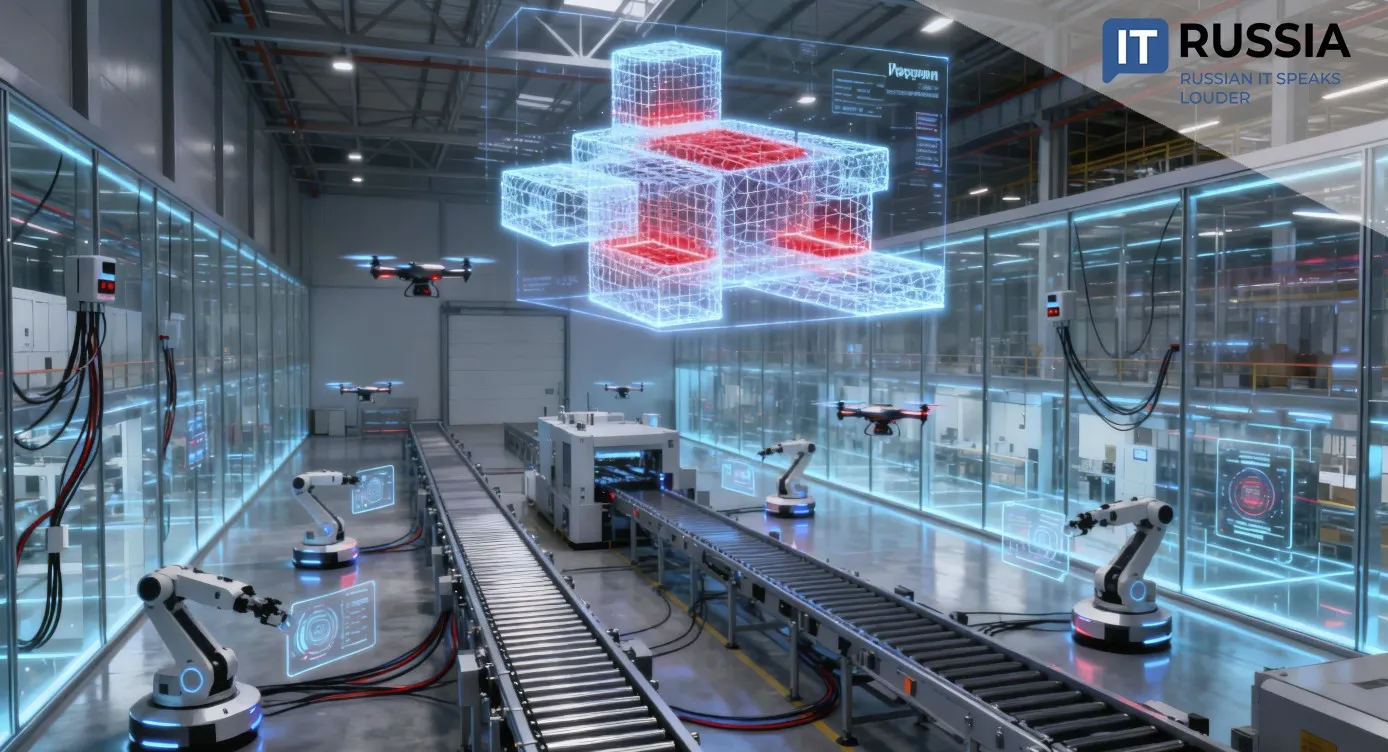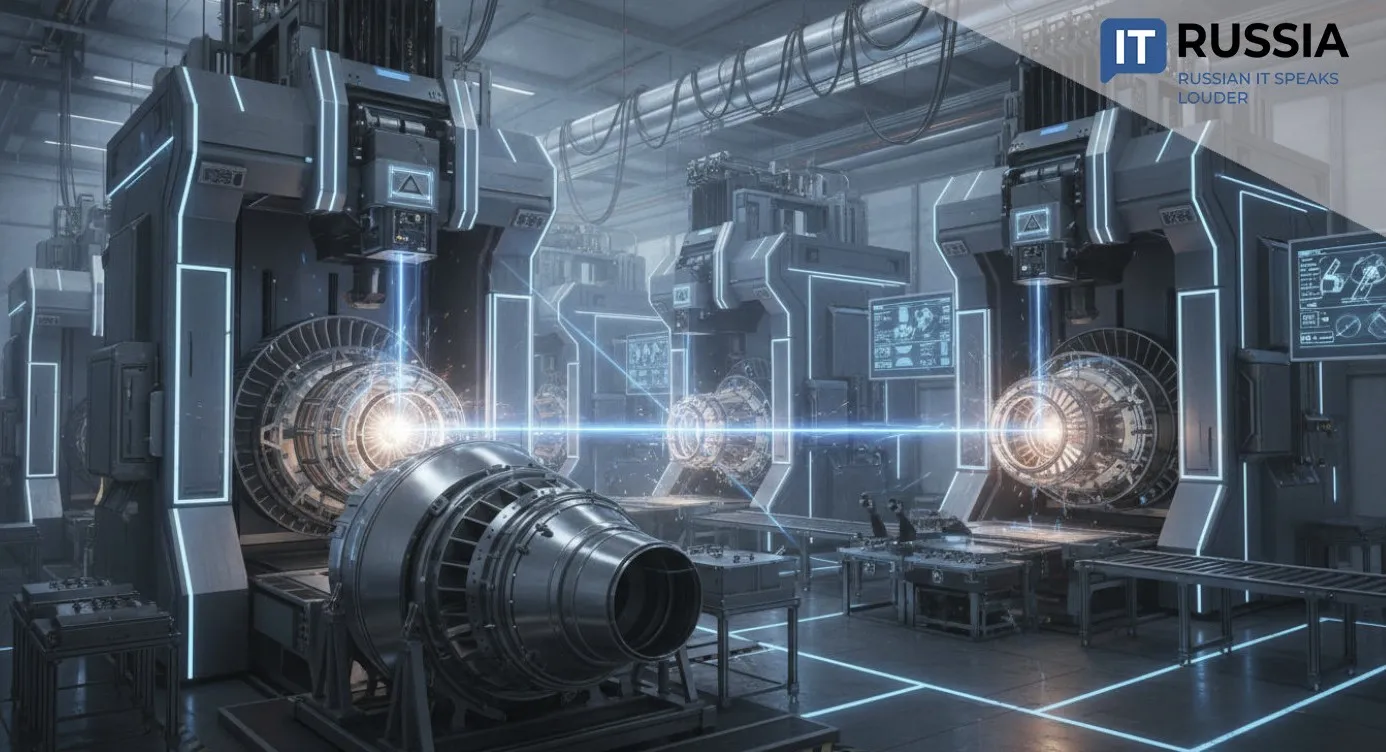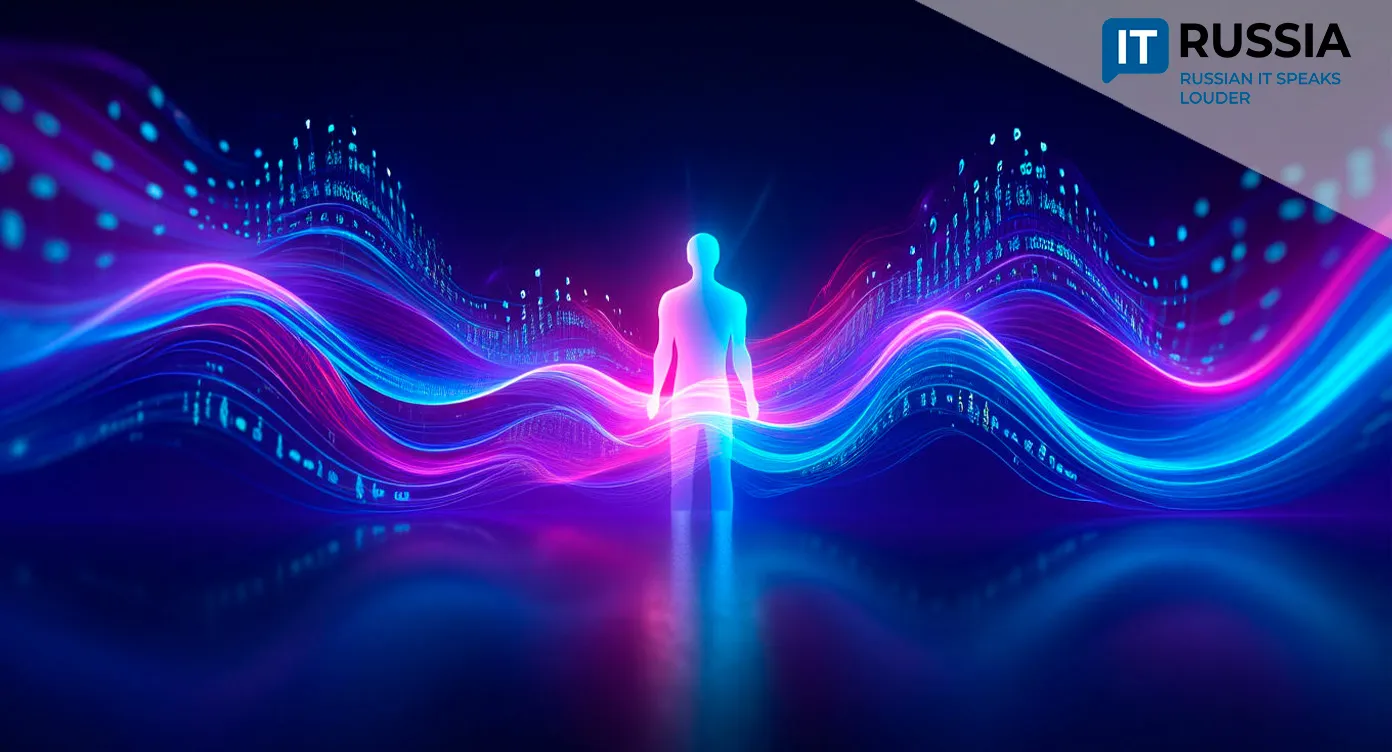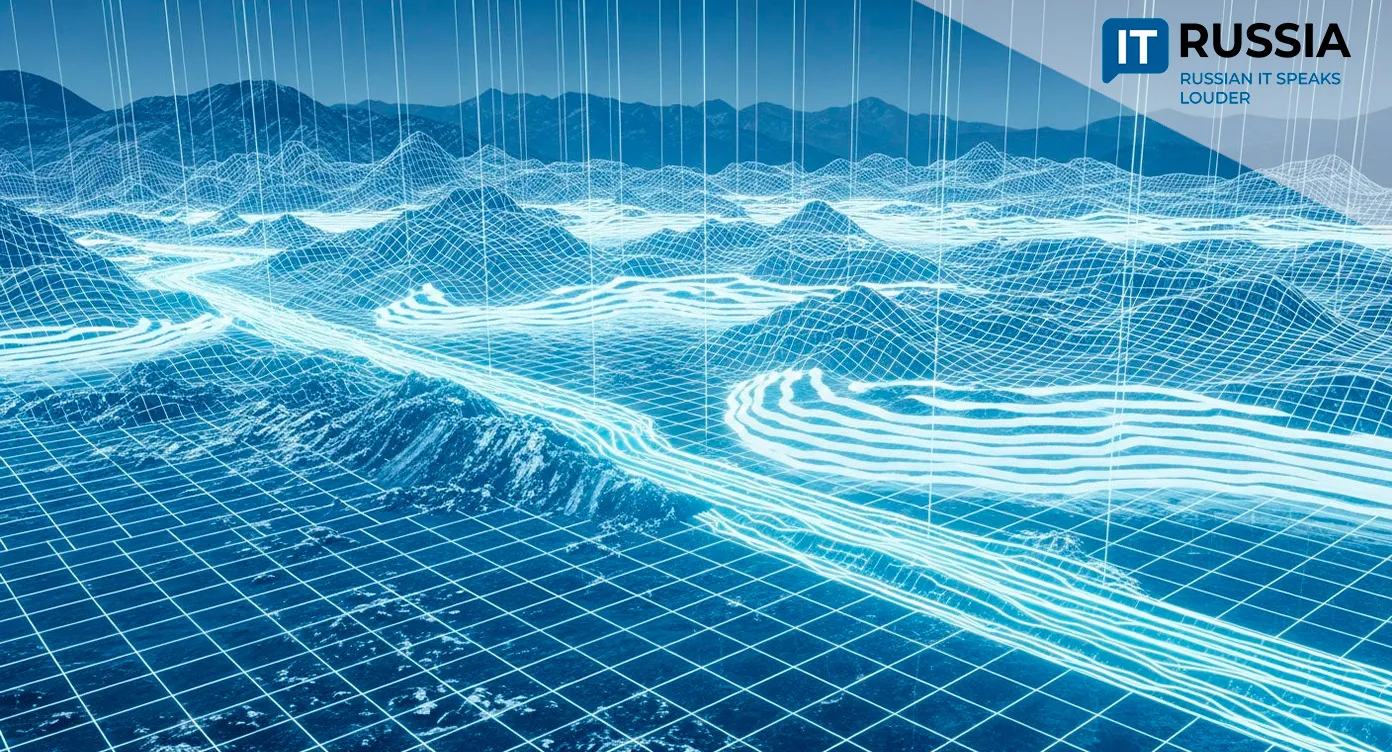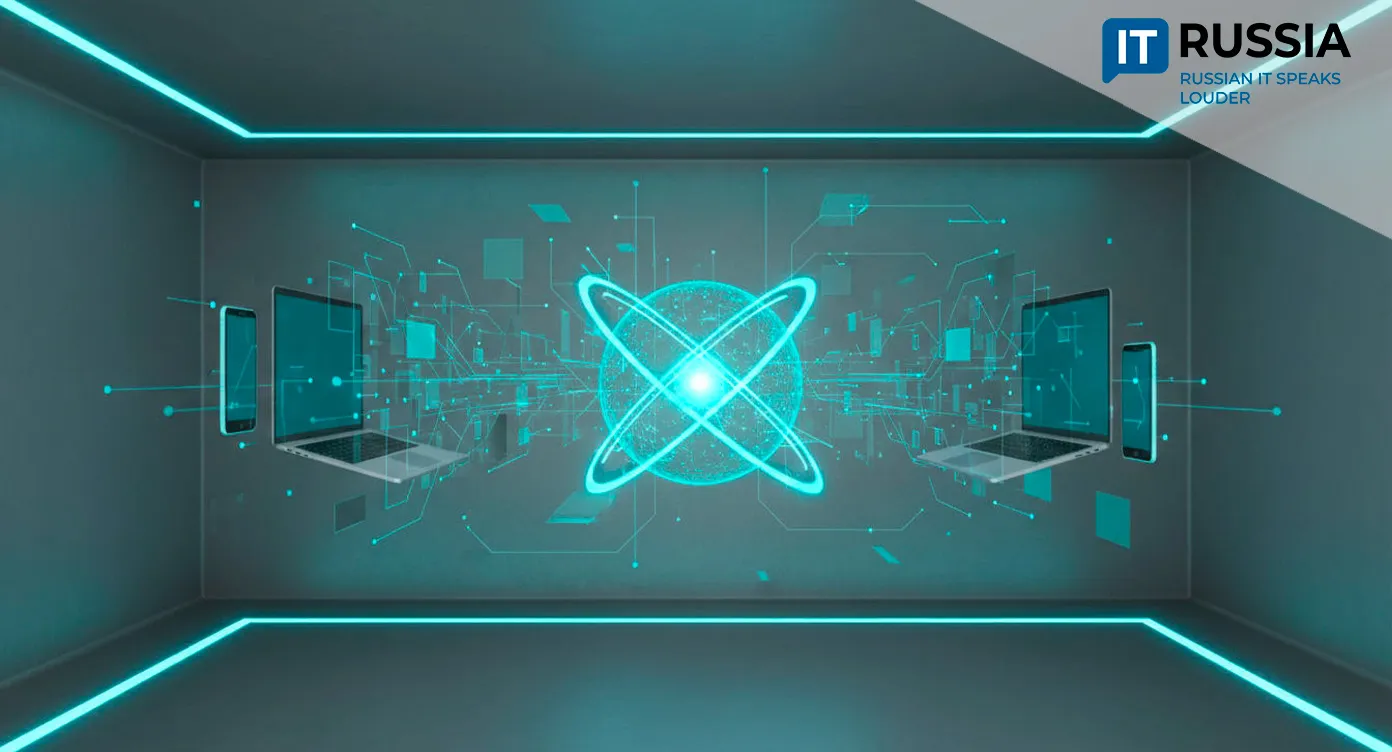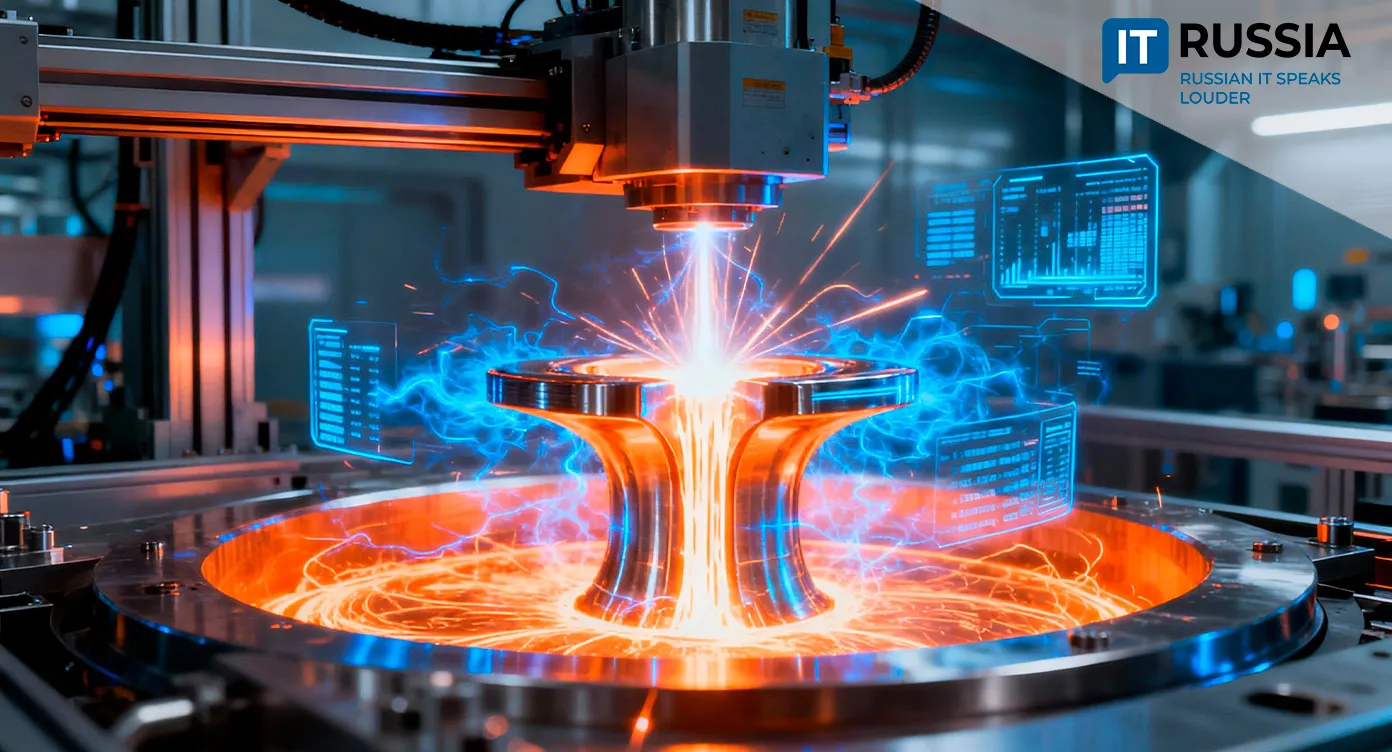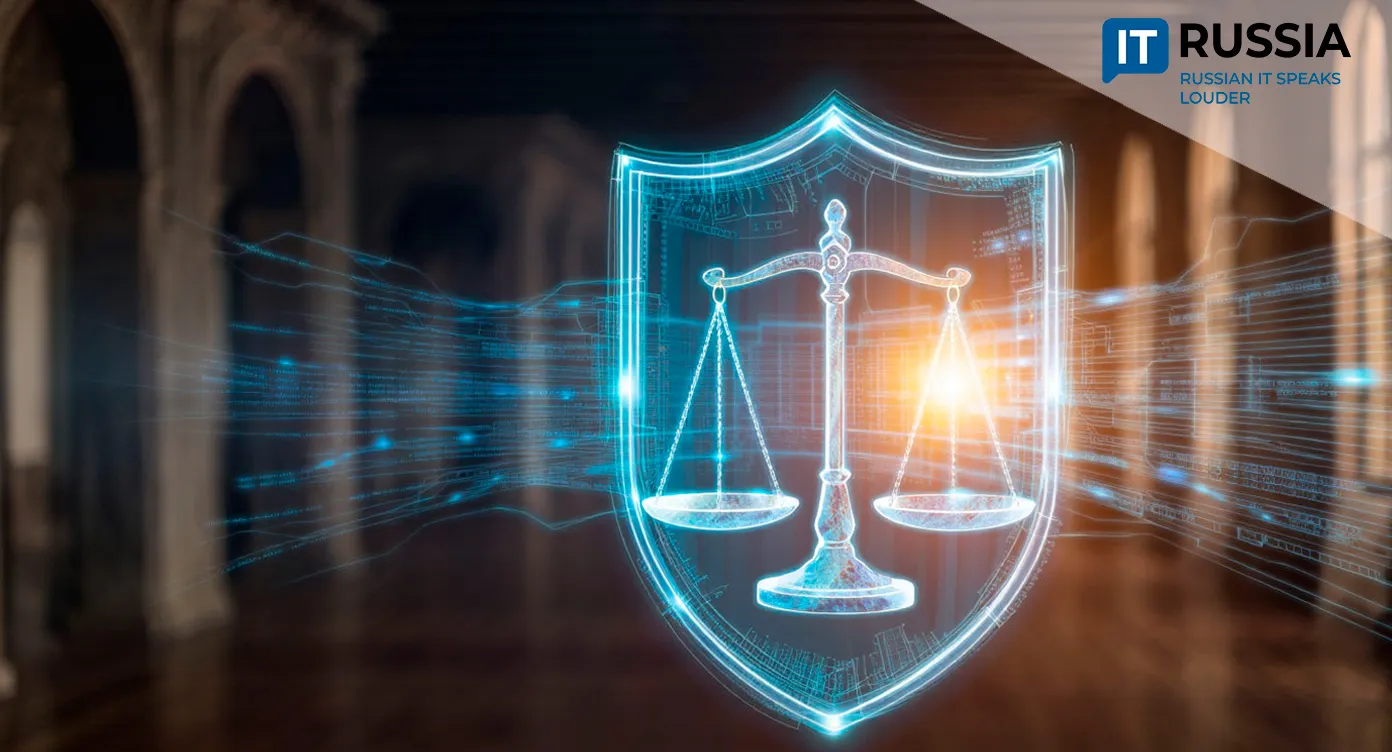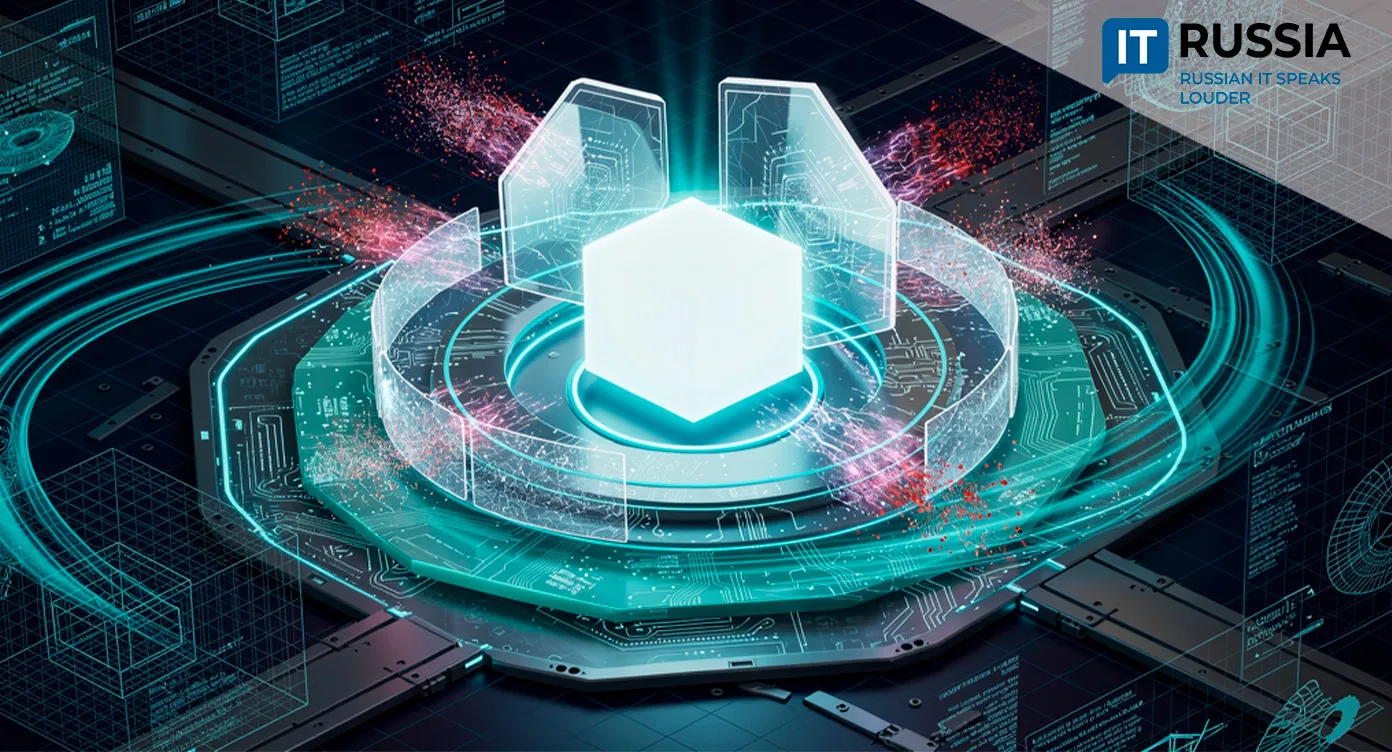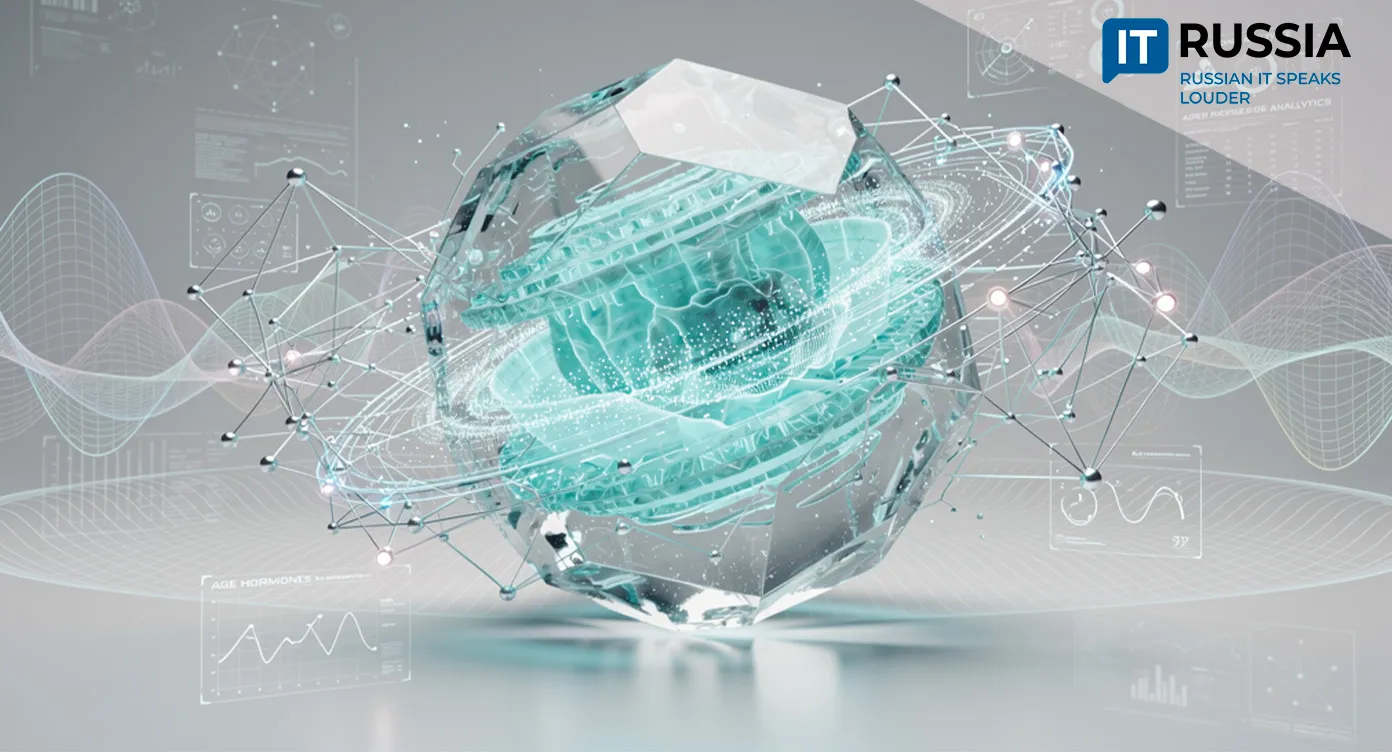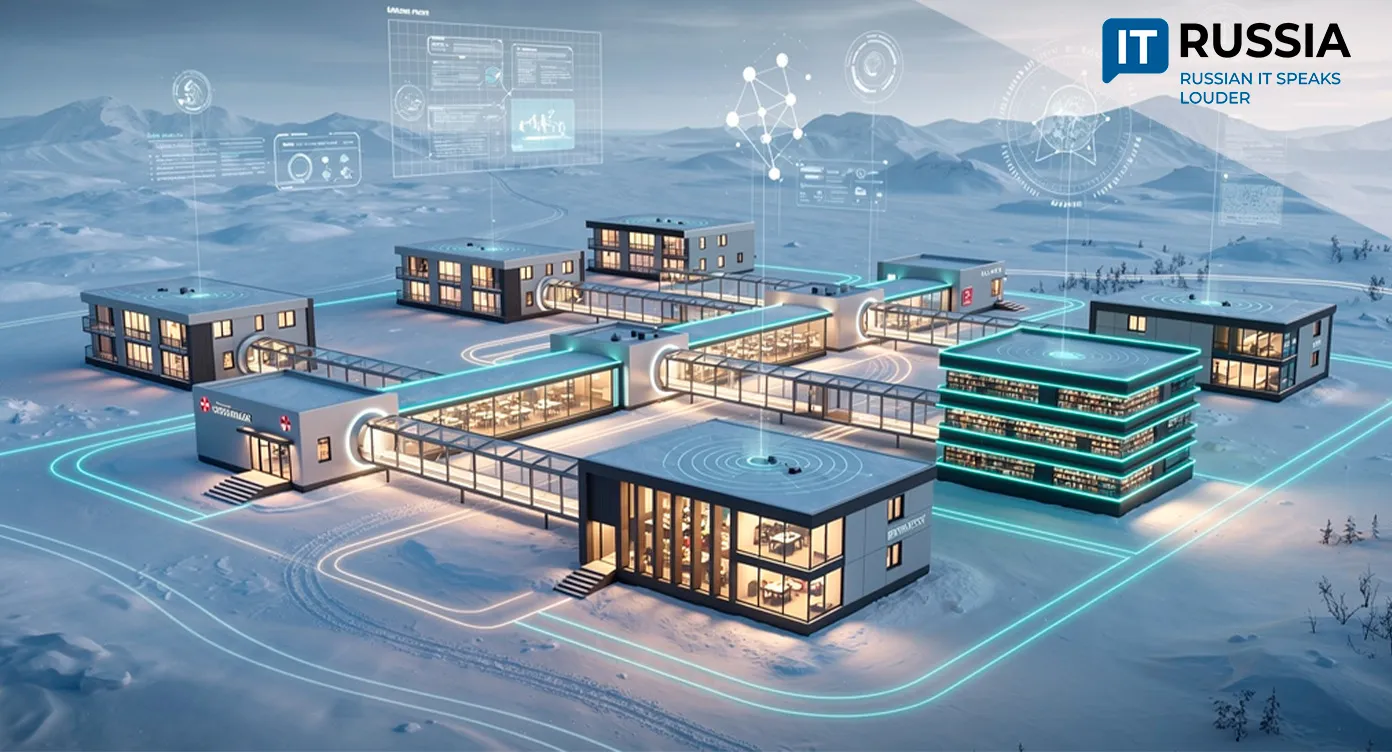The Diamond Age of Artificial Intelligence
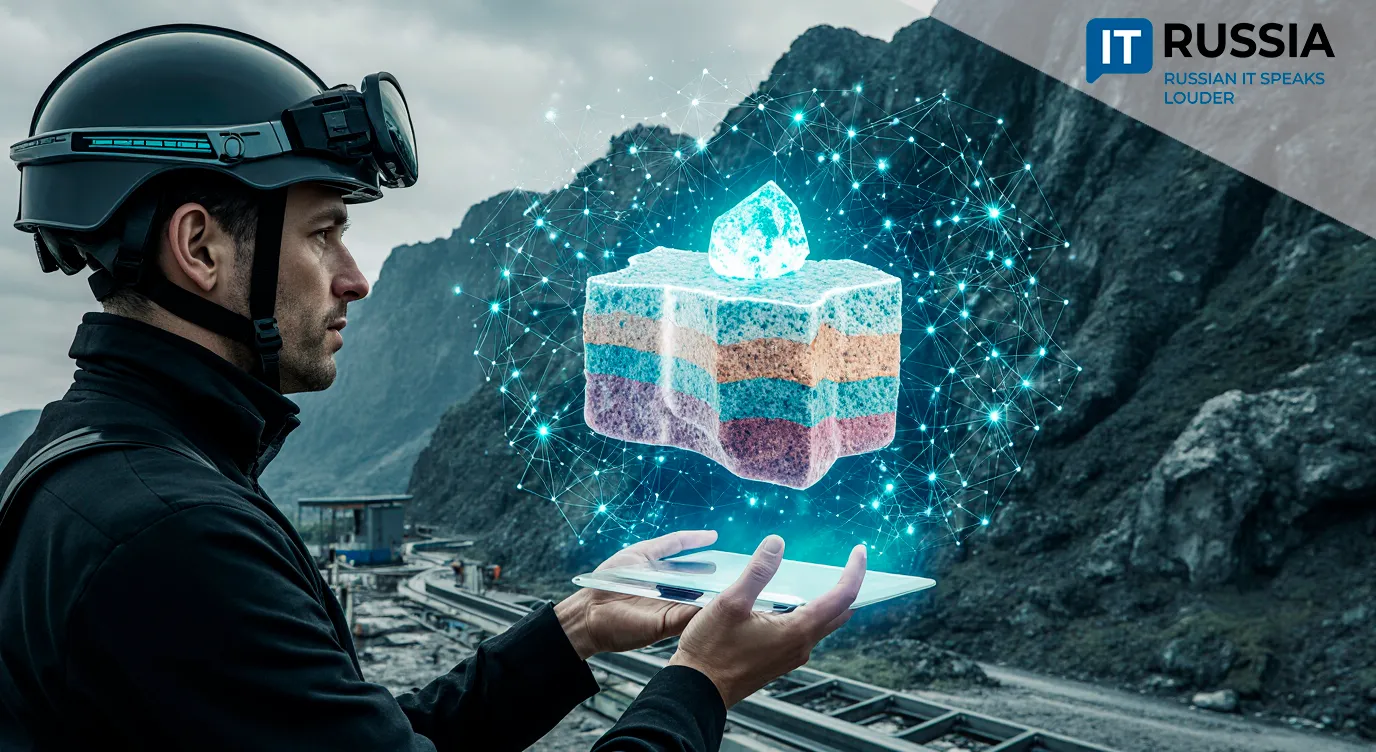
Diamonds, the hardest natural material, are not only symbols of luxury but also critical for high-tech industries. Diamond processing — which includes raw material quality assessment, the design of the ideal cut, precise execution of technical operations, and final finishing of the product — is a complex, science-intensive industry. Now, Russian diamond giant ALROSA is pioneering the use of artificial intelligence to locate new deposits, reshaping mineral exploration worldwide.
High-Tech Stones
Diamonds play an essential role far beyond jewelry. Cutting and processing industries rely on them for saw blades, drills, and grinding wheels used in stone, concrete, and metal. They are indispensable in high-energy physics experiments and particle detection, where their radiation hardness and durability under extreme conditions are critical.
Diamonds are also integral to quantum computing, thermoionic solar cells, and field emission devices. Their applications extend to medical instruments, implants, precision optics, and nanotechnologies. Sustained diamond production is less about luxury than about technological sovereignty. Russia’s leadership in this field gives it a decisive advantage in strengthening the competitiveness of entire economic sectors.
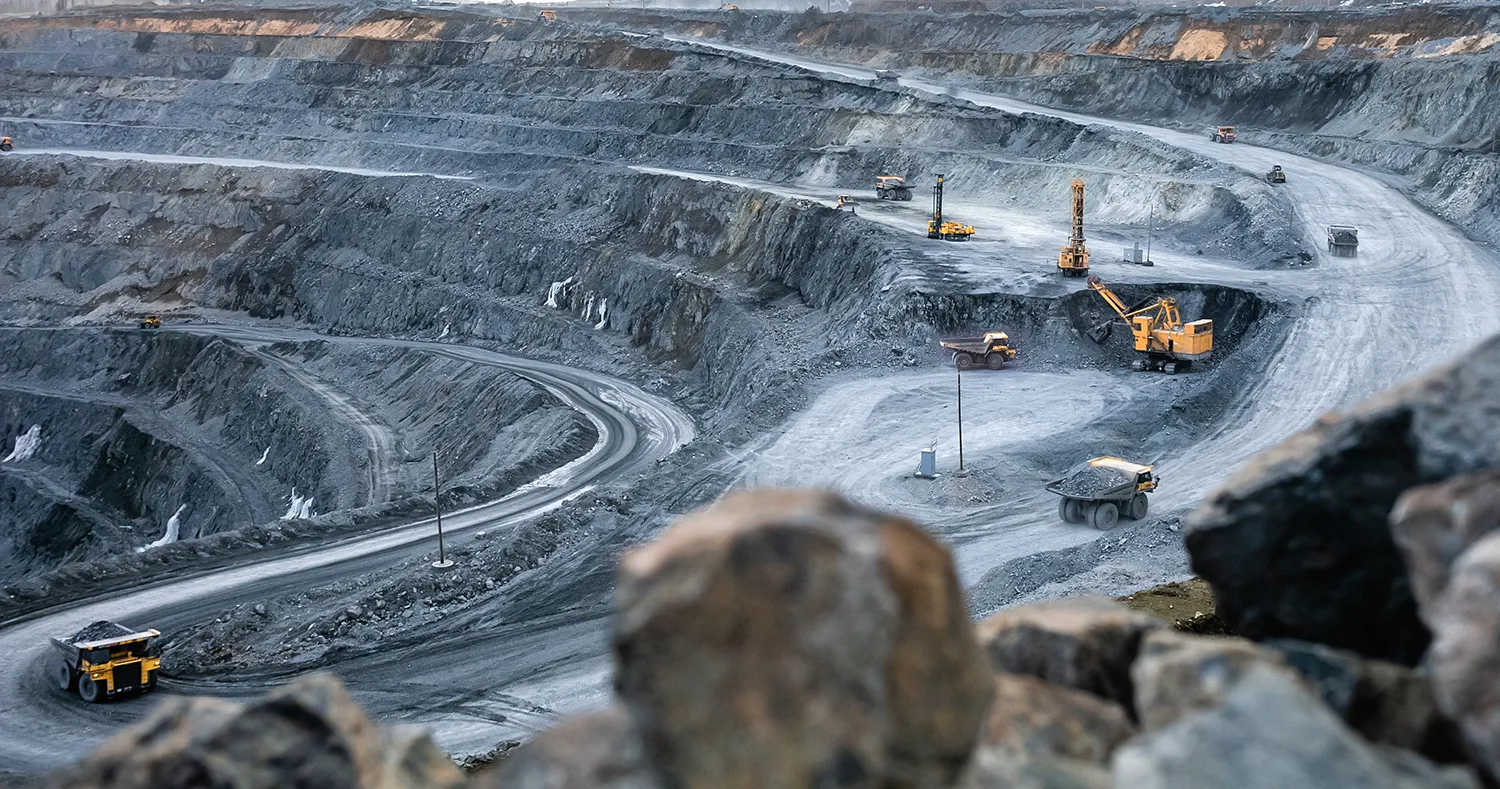
Searching with Algorithms
Traditionally, geologists manually analyzed weak signals of diamond-bearing potential in geological data. Today, algorithms process terabytes of geological, geophysical, and geochemical data. Their advantage lies not only in speed but also in detecting patterns invisible to human experts.
Diamonds are notoriously hard to extract and even harder to prospect. Discoveries of new deposits have slowed in the past decade, as most large, easily accessible kimberlite pipes were found in the last century. For deeper, geologically complex reserves, the hope now rests on AI. Large language models and neural networks are being adapted to accelerate exploration analysis, a breakthrough seen as crucial for the industry.

From Expert Councils to Artificial Intelligence
As recently as 2017, ALROSA relied on traditional expert councils to study promising sites like Malo-Botuobinskoye. It was the work of scientific prospectors with calculators and PhDs. But the world has changed. According to Boston Consulting Group, the integration of AI into mining could generate up to $320 billion in global economic benefits by 2025, and Russia is part of that movement.
ALROSA’s new AI system represents a leap forward. Designed for the most challenging conditions where conventional methods fail, the system delivers economic benefits worth hundreds of millions of rubles (millions of USD) per project by cutting exploration time and reducing the number of dry wells.
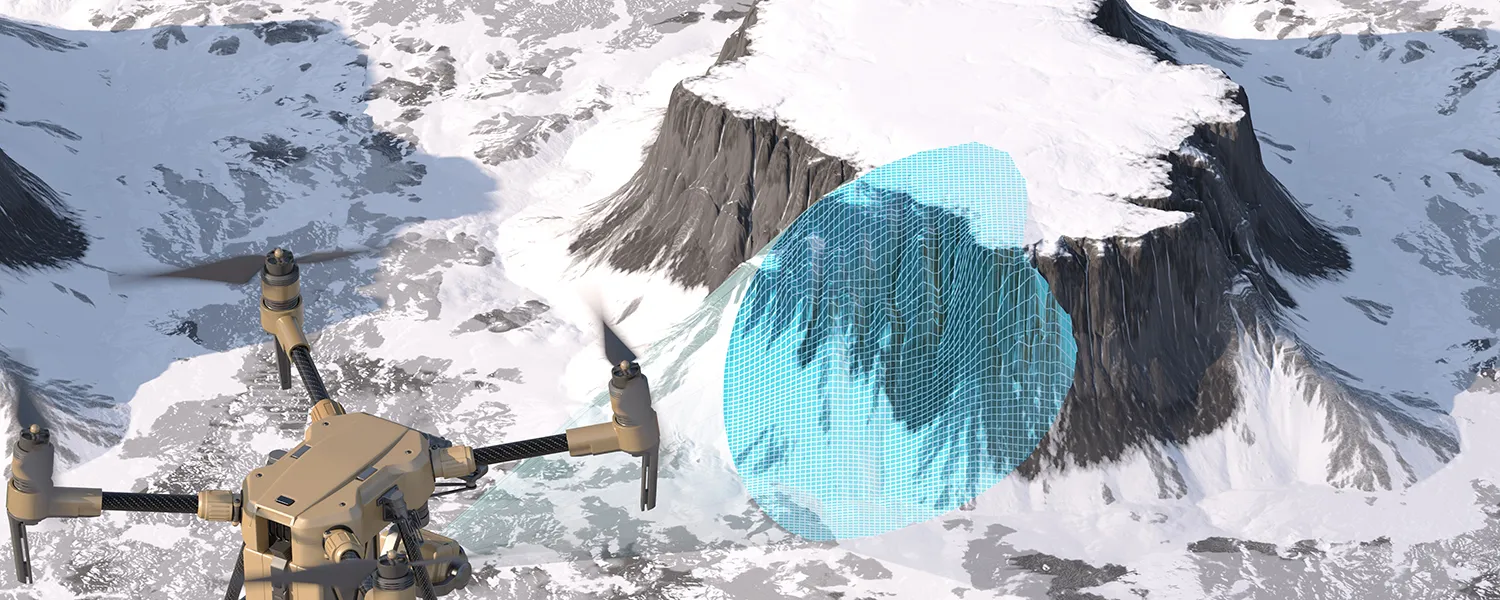
Master of Exploration
Deploying AI in mineral exploration is not about social media apps but highly complex industrial digital products delivering massive economic value. The same platform could be adapted to search for oil, gas, and rare earth metals, multiplying its utility.
The next step is exporting turnkey solutions: an intelligent system that can independently identify new resource sites. This will create a new technological sector—AI-driven exploration—and spur demand for highly skilled professionals, now being trained at Russian universities.
At ALROSA, AI does not replace geologists but enhances their expertise. Digitalization is penetrating even the most traditional and resource-heavy industries, reshaping them permanently. This project is already recognized as one of Russia’s most valuable IT breakthroughs in the mining sector.


